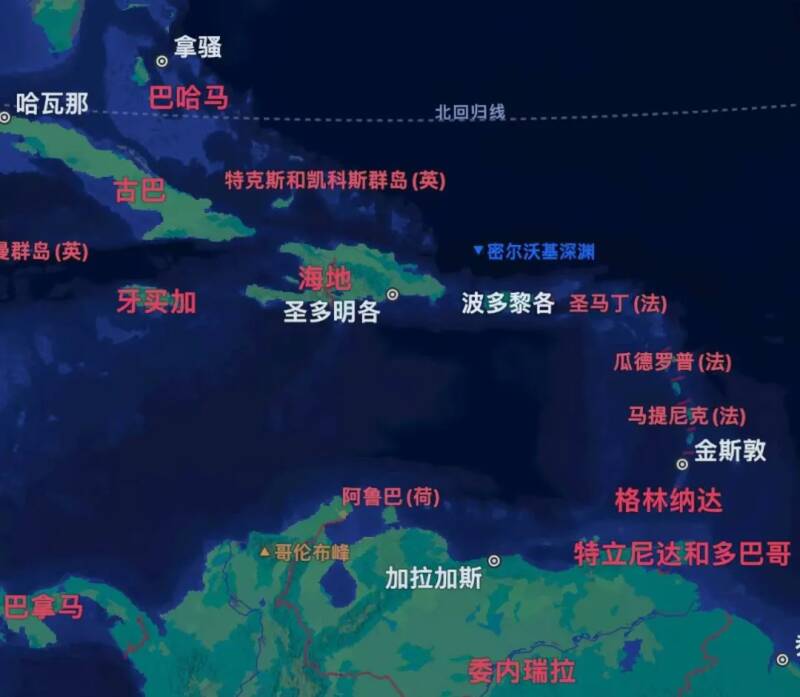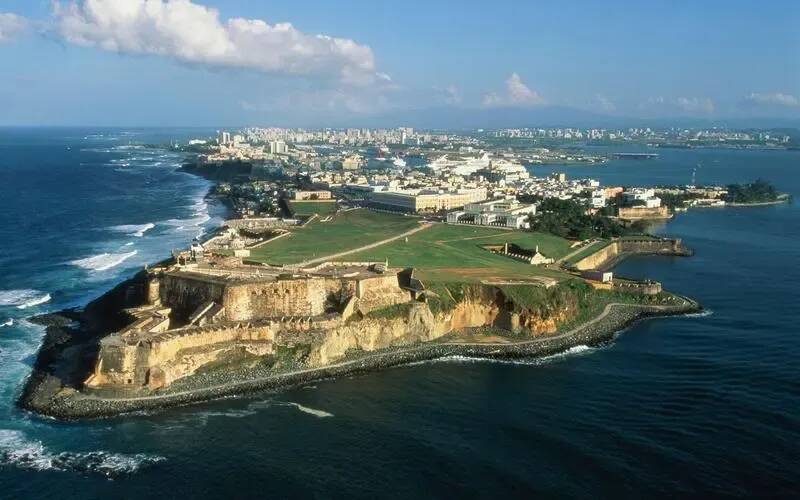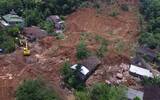History of coffee in Puerto Rico in the United States
There are many islands in the Caribbean, the soil and growth conditions of these islands are very suitable for growing coffee, so there are many coffee producing countries in the Caribbean, such as Jamaica, Cuba, Dominica and so on.
However, in the Caribbean, there is coffee grown in Puerto Rico, which is known as the Autonomous State of Puerto Rico (The Commonwealth of Puerto Rico). Puerto Rico is not a country, but an autonomous region of the United States.

Puerto Rico is located in the eastern part of the Caribbean island of the Greater Antilles, bordering the Atlantic Ocean to the north, the Caribbean Sea to the south, the United States Virgin Islands and the British Islands to the east, and Dominica to the west through the Mona Strait, covering a land area of 9104 square kilometers.
Mountains and hills make up 3x4 of the whole island of Puerto Rico. The Central Mountains run from east to west, stretching from the center to all sides, and the coastal areas are plains. And Puerto Rico is a volcanic zone with a tropical rainforest climate with ample rainfall and an average annual temperature of 28 ℃, making it ideal for growing coffee.

Puerto Rico began to grow coffee as early as the 18th century, and it was Spanish colonists who brought coffee seeds to the island as a cash crop.
By the end of the 19th century, Puerto Rico's coffee production soared, with an annual output of 30 million pounds of raw beans, making it the seventh largest coffee producer in the world at the time.
But then the United States seized the island from Spanish colonial rule and greatly increased the cost of growing coffee. According to statistics, more than 10,000 Puerto Rican farmers have given up growing coffee, and many farmers have begun to turn to cash crops such as sugar cane and pineapples. Since then, coffee production on the island has continued to decline.
However, some farmers still grow coffee to supply the United States, and from 1926 to 1928, Puerto Rico was hit by a series of large typhoons, which destroyed many coffee farms and many farmers went bankrupt. In addition, increased coffee production and low prices in Brazil have replaced Puerto Rico's coffee market in the United States.
However, two major hurricanes hit Puerto Rico in 2017, destroying nearly 90% of coffee plants and another catastrophic Hurricane Isabel in 2020, seriously affecting the local coffee industry.
At present, Puerto Rico coffee fields are mainly distributed in the southwestern mountains, and the Yuko area is of the best quality. There are about 4000 coffee farmers on the island who produce about 3 million pounds (1.4 million kilograms) of raw coffee beans each year, generally only 8 to 10 percent are used for export and the rest will be consumed on the island.
However, Puerto Rico's coffee industry is gradually recovering and is funded by the United States. In addition to Arabica coffee, the island also grows Robusta and Liberica varieties. In addition, in the past, only water washing, sunlight and other traditional treatment methods were used, but now some experimental processing methods are being introduced.
In addition, Puerto Rican coffee is also gradually emerging in the international market, and there will be more opportunities to see Puerto Rican coffee beans in the international community in the future.
Important Notice :
前街咖啡 FrontStreet Coffee has moved to new addredd:
FrontStreet Coffee Address: 315,Donghua East Road,GuangZhou
Tel:020 38364473
- Prev

Get off the rack! Harbin Pharmaceutical Factory No. 6 Oral Liquid Coffee may be suspected of violating regulations!
▲ Click to pay attention| Daily boutique coffee culture magazine coffee workshop Although Harbin, where the coffee workshop has lost its aura of snow, has less winter romance, this tourist city known as the "Paris of the Orient" still attracts tourists from all over the country during this May Day holiday. Among them, the original site of Harbin Pharmaceutical Factory No. 6, known as the "Louvre in Northeast China", has become
- Next

Coffee production is halved! Severe damage to the coffee producing area of Sulawesi Island in Indonesia may increase coffee prices
Recently, extreme weather has occurred frequently around the world, and climate change is hitting Asia hard. In recent days, due to severe weather, many areas in Indonesia have experienced disasters such as heavy rains, floods, volcanic eruptions and landslides, which have damaged many industries in the country, including the coffee industry. Earlier, West Java Province, Indonesia
Related
- What is the standard process for the purpose of coffee cup testing? What is the difference between hand-brewed coffee and cup testing?
- How to use hand-brewed coffee paragon small golden balls? How does cold coffee lock in the aroma of coffee?
- Is American coffee black? What is the difference between American coffee and drip coffee?
- Unexpected! Well-known tea beverage brand Lele Tea will withdraw from the Zhengzhou market!
- Starbucks enters the fashion and beauty industry?! Netizen: Give me an ice American eye cream
- Why can American refills for free? The difference between Americano and American drip pot coffee
- Being chased out of the rain in front of Starbucks?! Store: Sheltering from rain under umbrellas poses a safety hazard
- The white moonlight has changed?! Lucky launches "Big Winter Pear American"
- Hand-brewed coffee three-stage method, high-sweet and universal brewing method to share! What does the high sweet water level of hand-brewed coffee mean?
- What is the difference between raw, refined and full espresso coffee? How to extract espresso and taste good?

